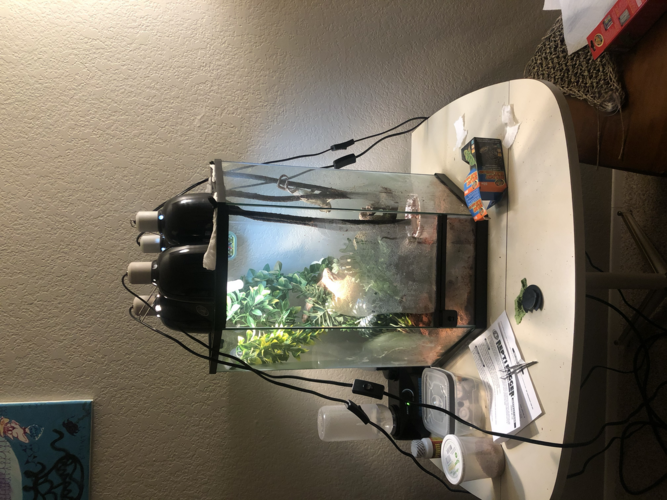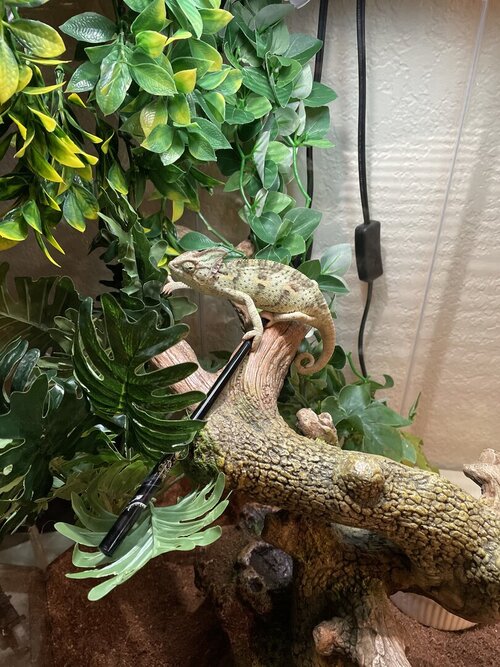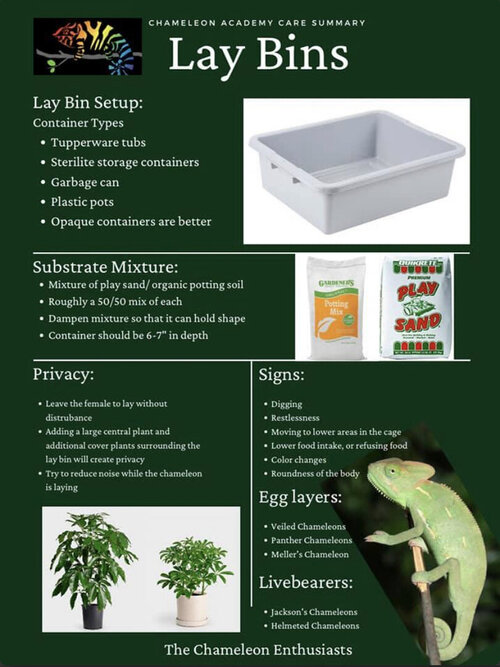gleema
New Member
Adopted a female veiled chameleon from people that weren't taking great care of her. Ive read the forum a lot and have her tank set up pretty much perfectly, except we used coconut eco earth as substrate on recommendation of the reptile supply store before reading that I shouldn't use substrate for fear she will ingest some. My issue now is that the coconut eco earth gets stuck on her feet and tail when she walks around the enclosure, and I'm afraid that it will be abrasive while she grips things to climb? I am going to take the substrate out this weekend, and leave the floor empty. Can I do anything to clean her off? Should I just wait for it to naturally fall off as she moves around and there's no more substrate?








